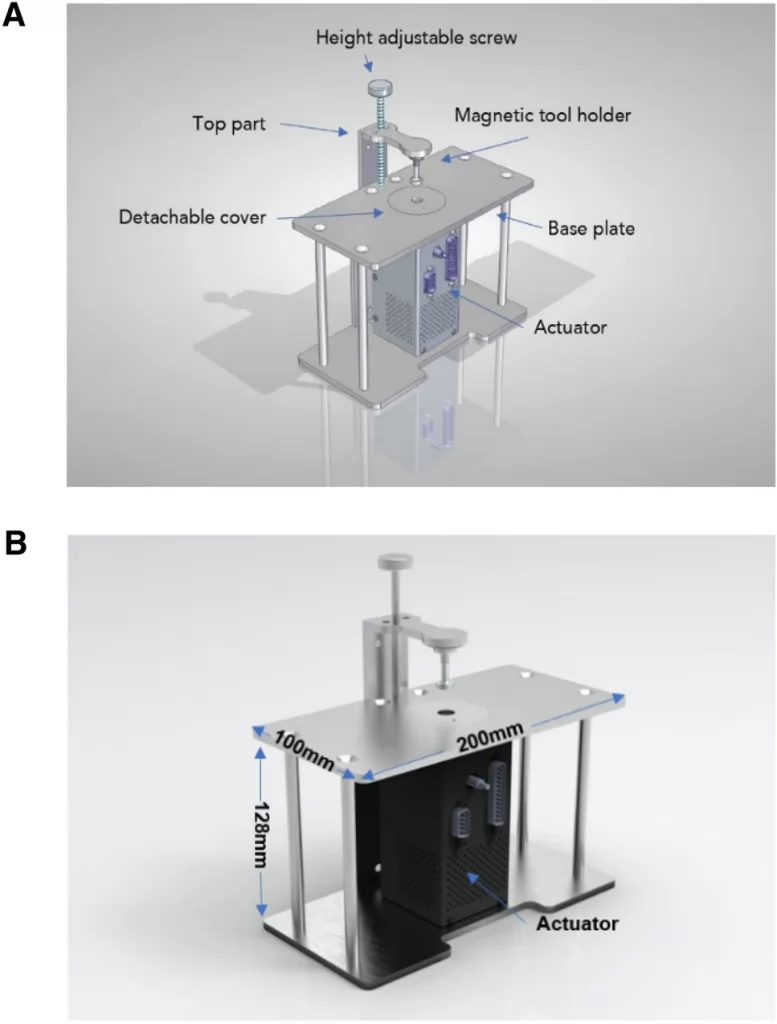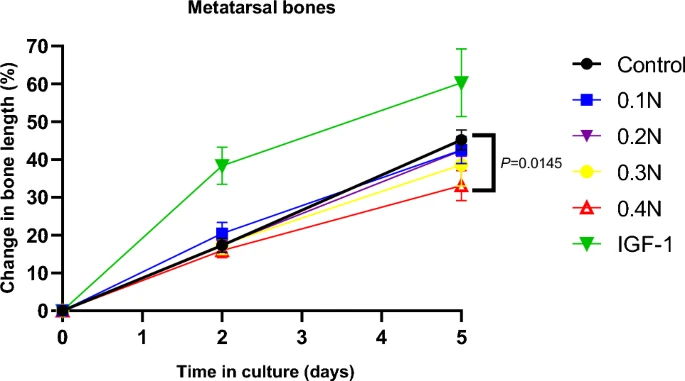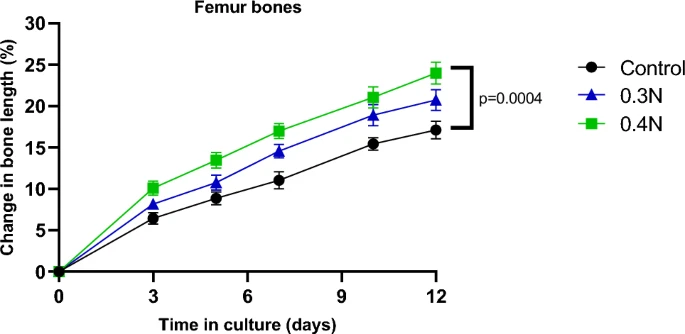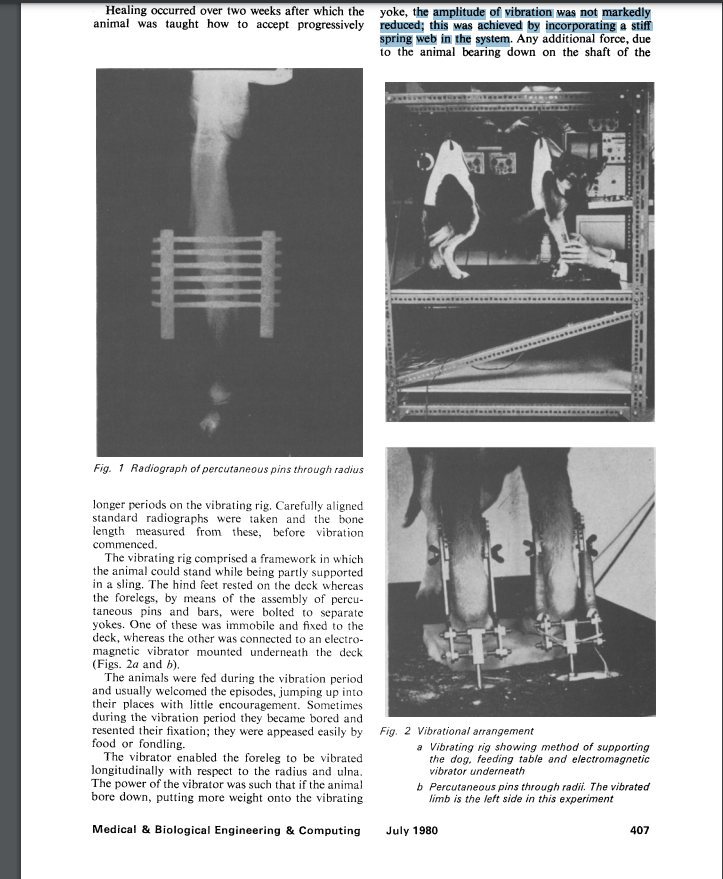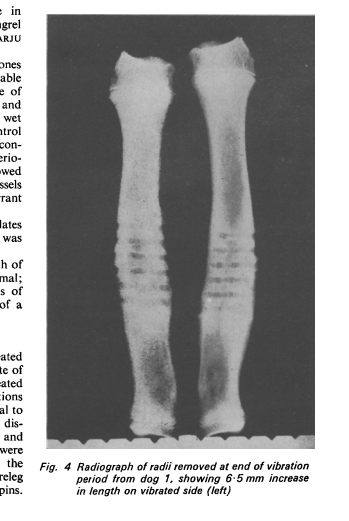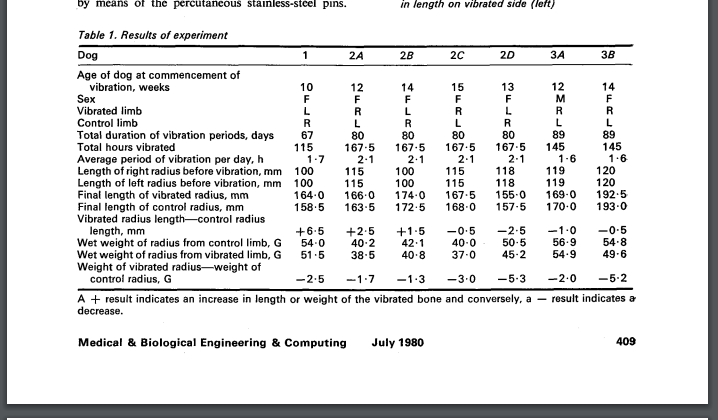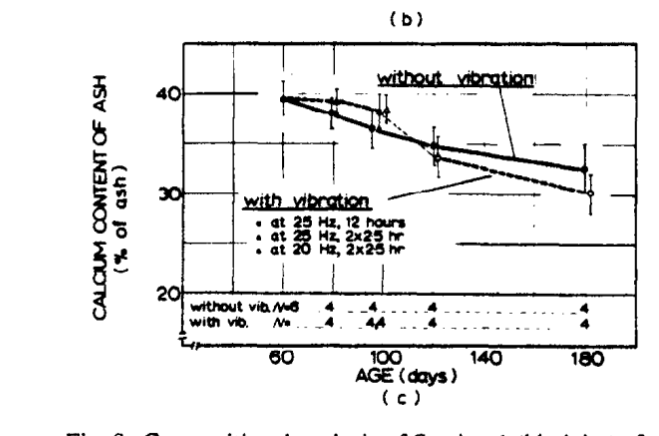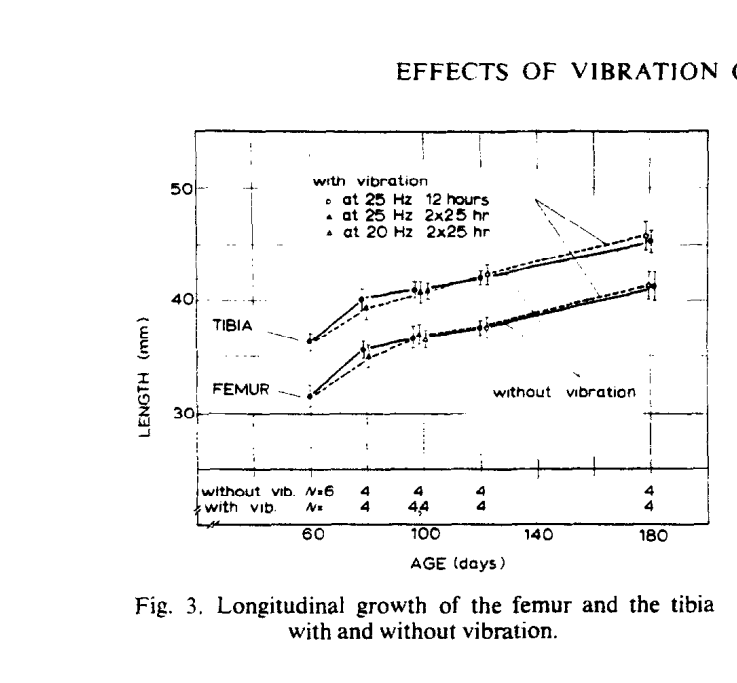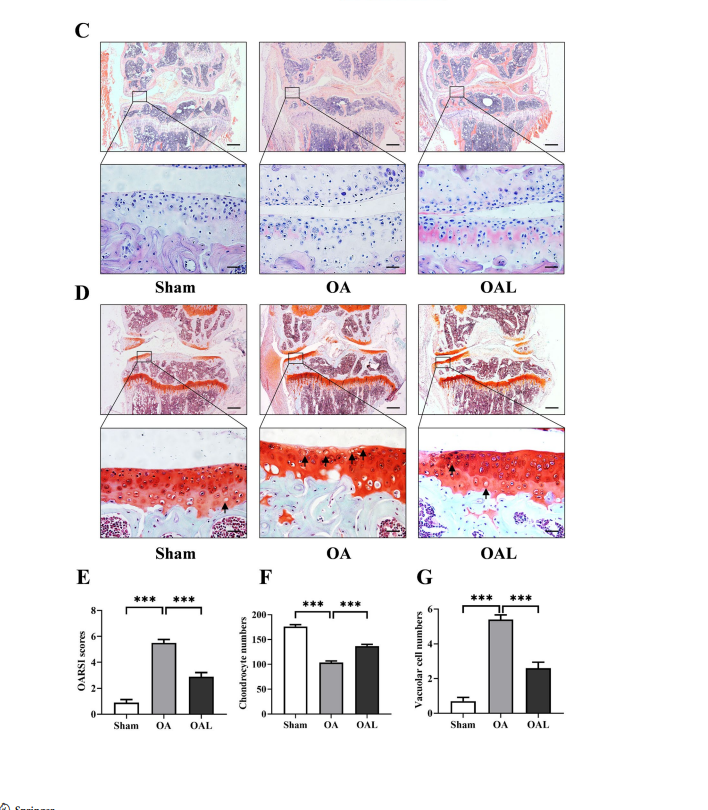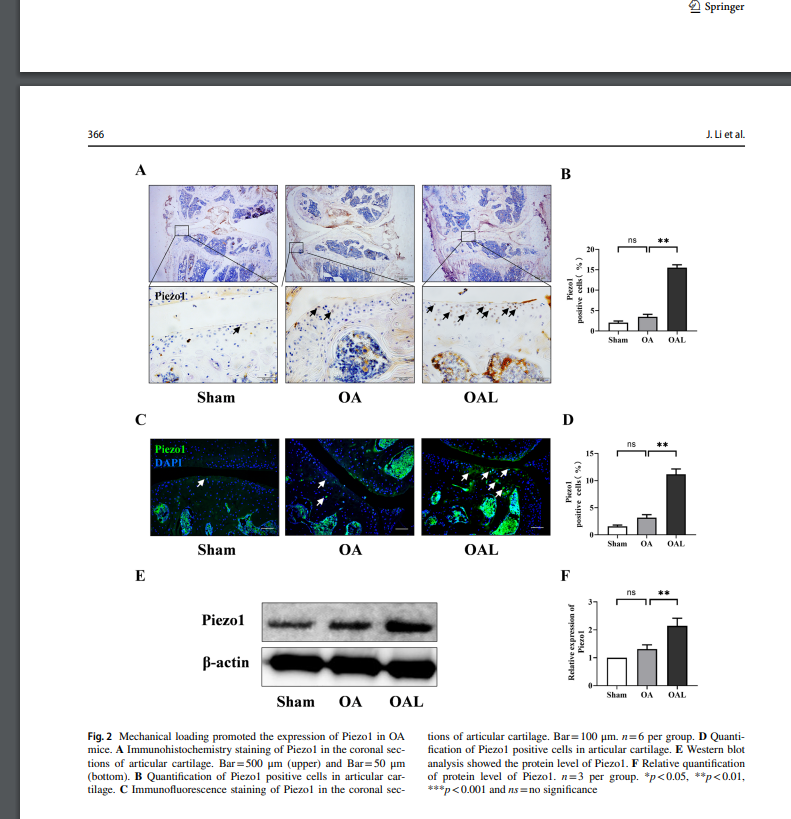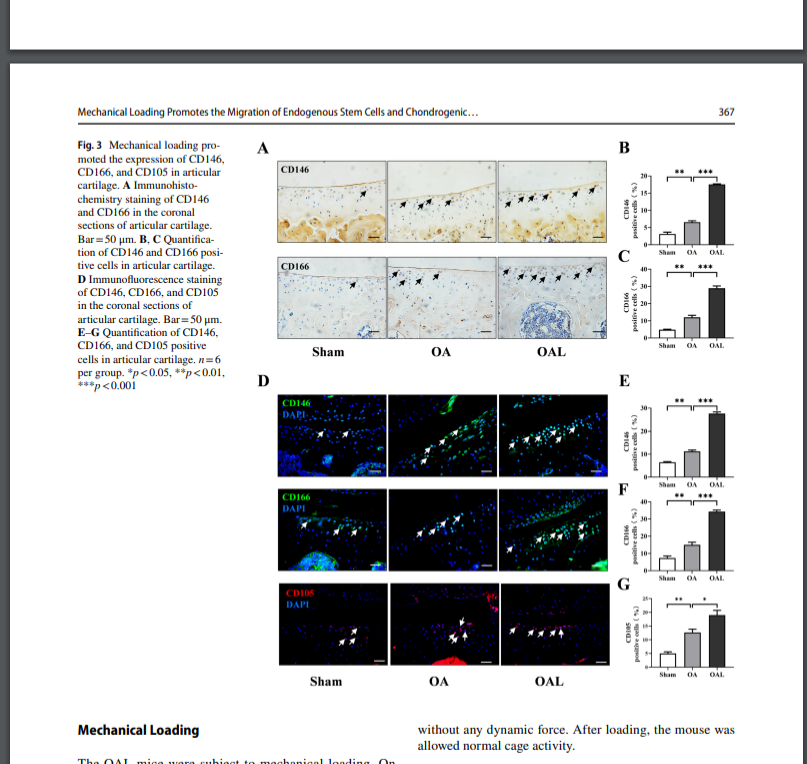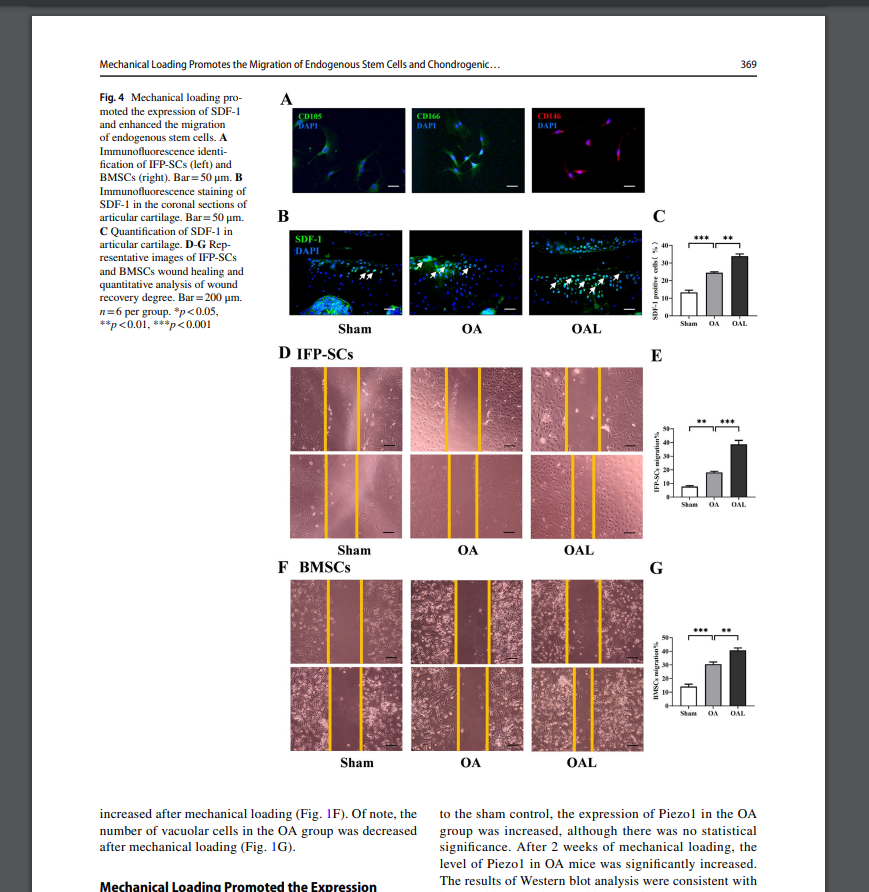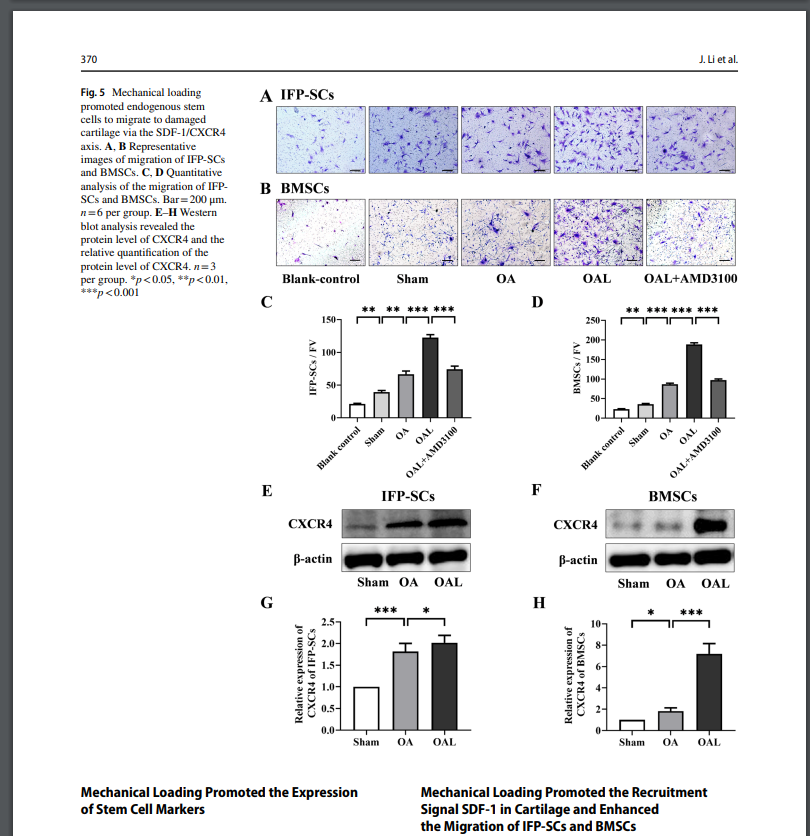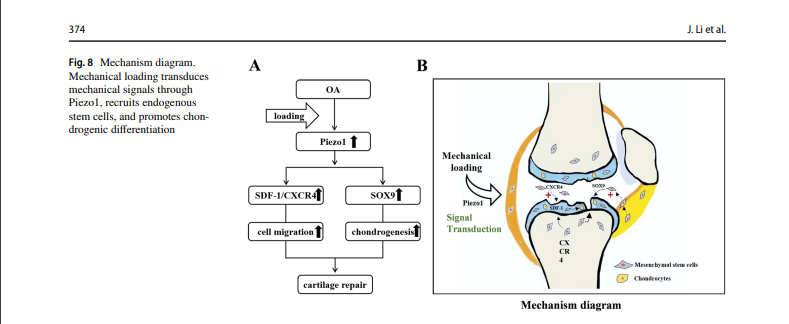Microfracture theory and bone remodeling theory are two theories floated around that can possibly contribute to height. Here’s a review paper about bone remodeling, is there anything in it related to height?
Toward a Unifying Theory of Bone Remodeling
“remodeling increases both when mechanical loading is excessively low{there’s a training program called Hypertrophy Specific Training or HST that involves using periods of low mechanical loading to make muscle more susceptible to high mechanical loading would it be possible to use the same principles for bone?}, that is, in a disuse state, and when it is excessively high, producing substantial fatigue damage, is contrary to the widely held assumption that a signal generated by osteocytes in proportion to mechanical loading stimulates bone lining cells to activate remodeling. The new theory resolves this disparity by assuming that lining cells are inclined to activate remodeling unless restrained by an inhibitory signal{so if we remove this inhibitory signal we can can have bone remodeling all the time?}, and that the mechanically provoked osteocytic signal serves this inhibitory function.
Consequently, remodeling is elevated when signal generation declines due to reduced loading, or when signal generation or transmission is interrupted by damage due to excessive loading{Thus we could potentially get bone remodeling without mechanical loading}. Otherwise, remodeling is kept at a relatively low level by inhibitory signals produced through physiologic loading.
Furthermore, the inhibitory signal is postulated to be identical to that proposed by Marotti as the mechanism for conversion of osteoblasts to osteocytes, and responsible for the diminishment of apposition rate during refilling of osteonal basic multicellular units. Consequently, a single, mechanically derived signal, produced in the osteocytic syncytium, may control osteoblast and bone lining cell functions, and thereby a variety of important phenomena in bone biology{Thus it would be really easy to produce some sort of pill if there is only one signal}.”
“when an osteocyte becomes buried to a critical depth in the bone matrix, an additional osteocyte is recruited to maintain contact with the bone surface as the BMU wall thickness increases. the osteocyte sends an inhibitory signal through its processes to the osteoblasts forming bone above it. This causes the most affected osteoblast to slow its production of osteoid, and it is buried in the matrix by the adjacent osteoblasts.”
“microcracks and more diffuse disturbances of the calcified matrix structure. It seems clear from observing such damage that it could easily interfere with both the normal flow of fluids over osteocyte processes within canaliculae (signal generation) and with the passage of signals from one cell to another through these processes (signal transmission).“<-this suggests that it is not the microfractures themselves that stimulate growth but rather the fluid flow that is changed by the microfractures. This suggests that it is possible to get bone growth via fluid flow alone and microfractures are not needed.
“diffuse damage to the calcified matrix could release Ca ions or cytokines that could act to reduce
the inhibitory signals produced by the osteocytes, or their transmission from cell-to-cell. microdamage results in osteocyte apoptosis, again interrupting both signal generation and transmission”
“remodeling is known to be activated is local bone matrix necrosis—that is, when osteocytes die. This may occur from microdamage or when the haversian blood supply is interrupted following fracture”<-again fluid flow driven changes not the microfracture itself.
Concluding thoughts: It’s difficult to imagine a possible way in which osteocytes can help you grow taller as bone is a tissue not capable of interstital growth(growth from within) thus needing a cartilage or fibrous intermediate. Unless new bone is deposited at longitudinal ends. But this paper does enforce the idea that it is not microfractures themselves that cause new bone formation but rather the change in fluid flow caused by those microfractures. It is also likely that any soft tissue caused by an exercise routine within the bone would benefit more from changes in fluid flow than the microfractures themselves.

